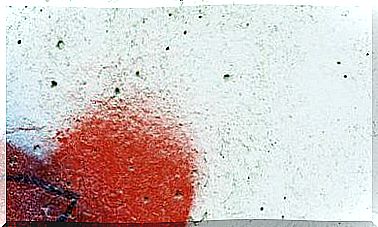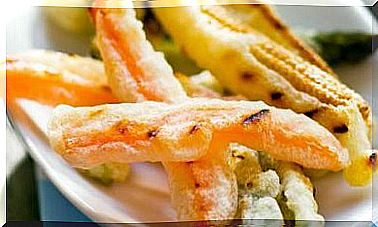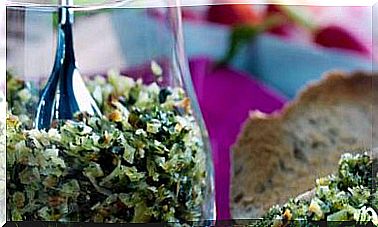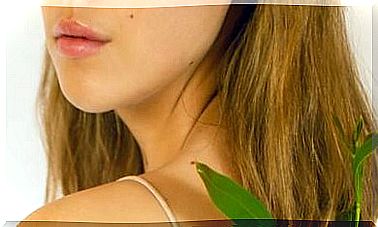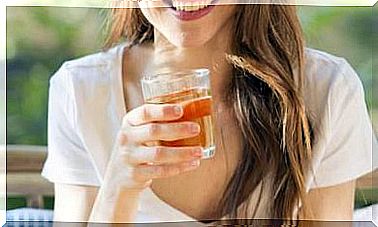What Medicinal Plants Can I Grow At Home?
Enjoying a small medicinal garden is within the reach of almost everyone. If you don’t have land, a balcony or terrace is enough, even a few windows where you can place a few pots

A terrace or balcony is enough to grow a small medicinal garden at home. The medicinal garden will be more or less complete and generous depending on the space available, the quality of the soil, the regularity of watering, the temperature and the exposure to the sun that it presents. Seeds or cuttings of a wide variety of plants are sold in garden stores, starting with aromatic ones.
The cuttings are more suitable for woody plants such as sage and lavender ; annual and biannual species tend to be better propagated by seed. If you have a patio, a large terrace –that can bear weight– or a garden, it will be possible to plant small trees and shrubs, among which medicinals abound, such as the digestive laurel, the astringent wild rose, juniper diuretic, pomegranate antioxidant or chasteberry, for gynecological use.
The myrtle, very aromatic, is a shrub typical of the Mediterranean basin that allows to form barriers in the garden, although it grows well in large pots, especially in coastal areas. With the leaves, antiseptic and very rich in essence, infusions or steams are prepared to treat respiratory conditions.
Its fruits are edible. In addition, bouquets can be cut to perfume the rooms and ward off insects.
Woody plants
Aromatic plants can be arranged together, as long as they have similar soil, humidity and sun requirements. The woody bushes, ideal for forming barriers or dense hedges in the garden, or for bordering paths, also grow in planters and pots.
Lavender, sage, santolina, rosemary, lemon verbena, savory or hyssop are highly appreciated . And you can not miss the thyme.
Thyme needs sun and is drought resistant. It can be planted with seeds and from cuttings (in summer) or layered (in autumn) and adapts to both pots and medium and large planters. It is used as a condiment and for the preparation of invigorating soups, ideal in winter.
The decoction of its flowering tops improves digestive problems, colds, bronchitis and allergies. In topical use it is useful against rheumatic pain, dental pain, contractures or bruises. It is part of many cosmetic products.
Minor aromatic plants
Among the smaller aromatics there is also a great variety. This is the case of marjoram, the lemon balm, various mints, the pennyroyal, the verbena, the chives or tarragon. They are very fragrant plants, with beautiful but discreet blooms, which for the most part provide great uses in the kitchen.
All except basil can be found in nature. They can be purchased in a pot or by seeds. Basil prefers warm environments with long intervals of shade. It is planted every year, by seed, germinates after two weeks and requires abundant watering.
It is advisable to prune it from time to time at its upper end to favor its expansion to the sides and delay flowering . It accepts sharing spaces with other medicinals – chives, parsley and coriander – and is ideal for windowsills, balconies and patios protected from the wind.
Its infused leaves can relieve gas, halitosis or gastrointestinal spasms, apart from giving an excellent flavor to salads and tomato-based sauces.
Oregano is planted in partial shade, with morning sunshine, along with other non-expansive aromatics. The bouquets, collected in full bloom, are indicated in case of gas, halitosis, diarrhea and mild liver disorders.
Fennel and its family
To the fennel family (the umbelliferous) belong many other popular species for both their gastronomic and medicinal use: coriander, parsley, celery, chervil, caraway, green anise, dill, wild carrot, angelica … Most of them have inflorescences in the shape of umbel, with white or pink flowers, and an aniseed aroma.
They stand out for their stomach and carminative virtues. The caraway, from which the seeds are sown, wants sun and well-drained soil; it resists frost, but not the whip of the wind, and adapts to pots. Taken as an infusion, it relieves gas, abdominal bloating and mild liver disorders. Its fruits give flavor to buns, breads and cakes.
Healing plants that come from distant countries
The exotic touch of the medicinal garden can be given by a pot of aloe (friend of the skin), echinacea (which stimulates the defenses), Madagascar vincas (hypotensive) and, in sandy soils, the useful evening primrose (rheumatism, disorders of the woman). The beautiful nasturtium is another option.
Before acquiring a plant, it is advisable to take advice on its soil, irrigation and sun needs to promote its full development.
The nasturtium, native to South America, has cheerful orange flowers with spots and a bell shape. It needs wide spaces to spread out, in partial shade and with short intervals of sun, but it also grows in pots and hanging pots.
In medicine, leaves and flowers are used, which are dried in the shade. It is indicated in digestive problems and kidney and urinary infections, but especially in external use on wounds, eczema and to strengthen hair.
Healing with flowers
Growing medicinal plants does not mean giving up enjoying beautiful and even spectacular flowering at certain times of the year.
It is enough to grow annual and biannual plants such as calendula and snapdragon (indicated for the skin), cornflower (eyes), different poppies (nerves and insomnia), St. John’s wort (anxiety and sunburn), periwinkle (high blood pressure). ), violets and primroses (cough), but also other more modest ones, such as chamomile, feverfew or daisy.
Feverfew, whose flower heads are reminiscent of daisies, likes rocky soils, but it also grows well in pots or pots, on the windowsill or on the balcony. It prefers shady environments, with times of direct sunlight, and asks for regular watering.
It is recommended especially for migraine, but also in dyspepsia, gastrointestinal spasms and menstrual discomfort. Its flowery tops are prepared in infusion, together with mint or lemon balm to attenuate its bitterness.
The California poppy offers a burst of orange color when it blooms in spring. As it is expansive, it is good for flower beds and large areas, but it adapts to planters or large pots. It should receive sun and be watered regularly, but without excess. S and petals used in infusion for various nervous disorders : insomnia, palpitations, mild anxiety, neuralgia and migraine.

